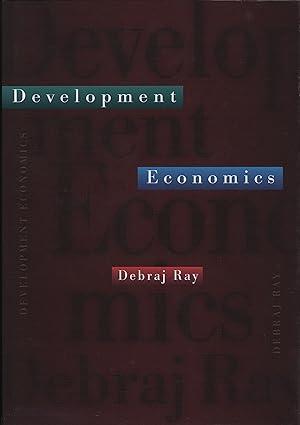Here is the large-country argument for an optimal tariff. Recall the welfare analysis conducted for tariffs in
Question:
Here is the large-country argument for an optimal tariff. Recall the welfare analysis conducted for tariffs in this chapter. We will use this methodology in the exercise that follows.
(a) For simplicity, suppose that a good is fully imported, so that there are no domestic producers of it. On a diagram, draw the domestic demand curve and the foreign supply curve of the good to this country, and show the free trade equilibrium. Mark off the equilibrium price (p*) and the equilibrium quantity (q*) of the good. Shade the amount of consumer and producer surpluses generated by the equilibrium.
(b) Now draw another diagram which displays a tariff at rate t on the good. Show the new equilibrium price and quantity. Note that consumer surplus has declined and so has producer surplus. But now there is positive tariff revenue. Shade all the areas corresponding to these three magnitudes, and note that their sum is less than the sum of producer and consumer surplus in part (a). You have just shown, graphically, that the sum of producer and consumer surplus, and tariff revenue, is maximized at the free trade point, where tariff revenues are zero.
(c) Show (by drawing a third diagram) that if the supply curve is horizontal, a zero tariff also maximizes the sum of consumer surplus and tariff revenue alone. Interpret this result as stating that for a country which is unable to influence the price of its imports, the optimal tariff is zero.
(d) Now return to the general case of part (b). Focus, as in part (c), on the sum of consumer surplus and tariff revenues. (Foreign producer surplus will be neglected by the domestic government.) We will show that this sum is maximized at a strictly positive tariff. Follow these steps. First, expand the problem to include import subsidies (which are simply negative tariffs). Show, just as in part (a), that the sum of consumer surplus, tariff revenues, and foreign producer surplus is still maximized when the tariff (or subsidy) is set equal to zero. Draw a diagram (with tariffs/subsidies on one axis and the sum of surpluses on the other) that relates this total surplus to the tariff. By our observation, this curve should look inverted-U shaped with its peak attained when tariffs equal zero. Second, show that if the supply curve is upward-sloping, foreign producer surplus consistently increases as tariffs are lowered to zero and continues to increase with import subsidies. Draw this curve on the same diagram. Finally, note that the government’s objective is tantamount to maximizing the vertical difference between these two sets of curves. Show that this maximum point must be attained at a strictly positive tariff. The only exception to this rule, as noted in part (b), is when the supply curve is perfectly flat, so that producer surplus is zero irrespective of tariff or subsidy.
Step by Step Answer:






